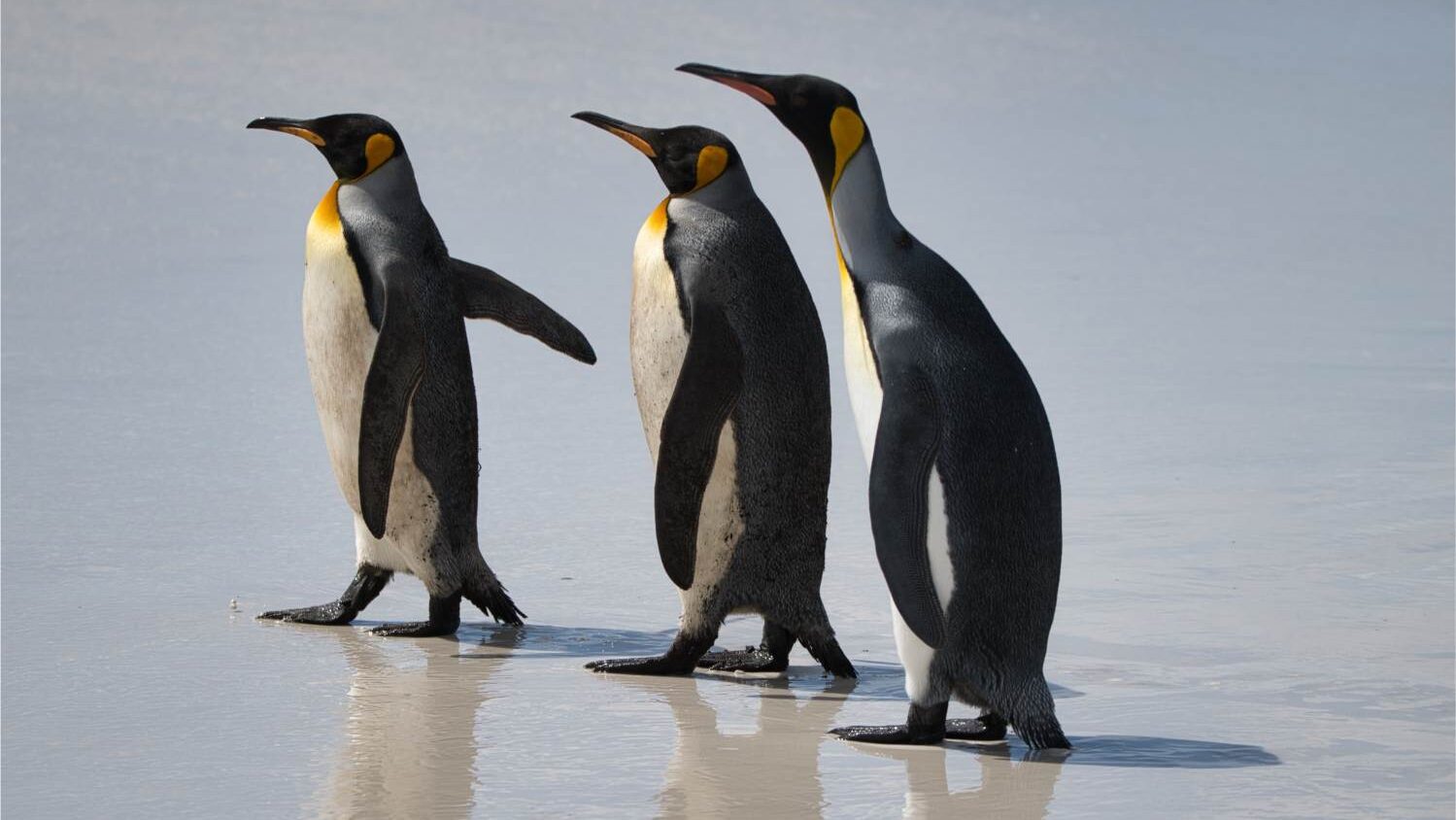When engaged in making a living or gaining an education, there isn't much time to stop and smell the flowers. Or, for that matter, time to look up to the sky and see what our avian and smaller mammalian neighbours are up to. But with autumn in full swing now, take just a moment and you'll notice changes in the behaviour of birds and other critters.
Blue jays become noisier and more visible during autumn. Being what you might call extraverts, the reason for this noise is that they are gathering together to enjoy the abundance of food and the company of fellow blue jays. Calls may be used to communicate the location of food. This excitement is increased during years that oak and beech trees drop more acorns and beechnuts than usual, known as “mast years.” At the same time, their calls alert other birds to the threats of predators such as hawks. When the yield of trees is less, blue jays will choose to migrate to more abundant forests, often travelling along Lake Ontario and Lake Erie.
As squirrels don't have babies in the autumn months, they are more active as well, scurrying around and gaining seasonal weight. This pursuit of food is something to be mindful of when driving on residential roads, because these squirrels are more likely to be travelling across roads searching for their next meal. Of course, don't drive dangerously by swerving out of the way for an animal on the road, but if it's safe to do so, you can slow down to let them pass. As a side note, if you have leftover jack-o-lanterns without paint or marker on it, you can leave it in your yard as a nutritious treat for squirrels.
Become a subscriber to continue reading!
Every week we bring you news from the community and exclusive columns. We're relying on your support to keep going and invite you to subscribe.
Starting from $2.30 per week.




